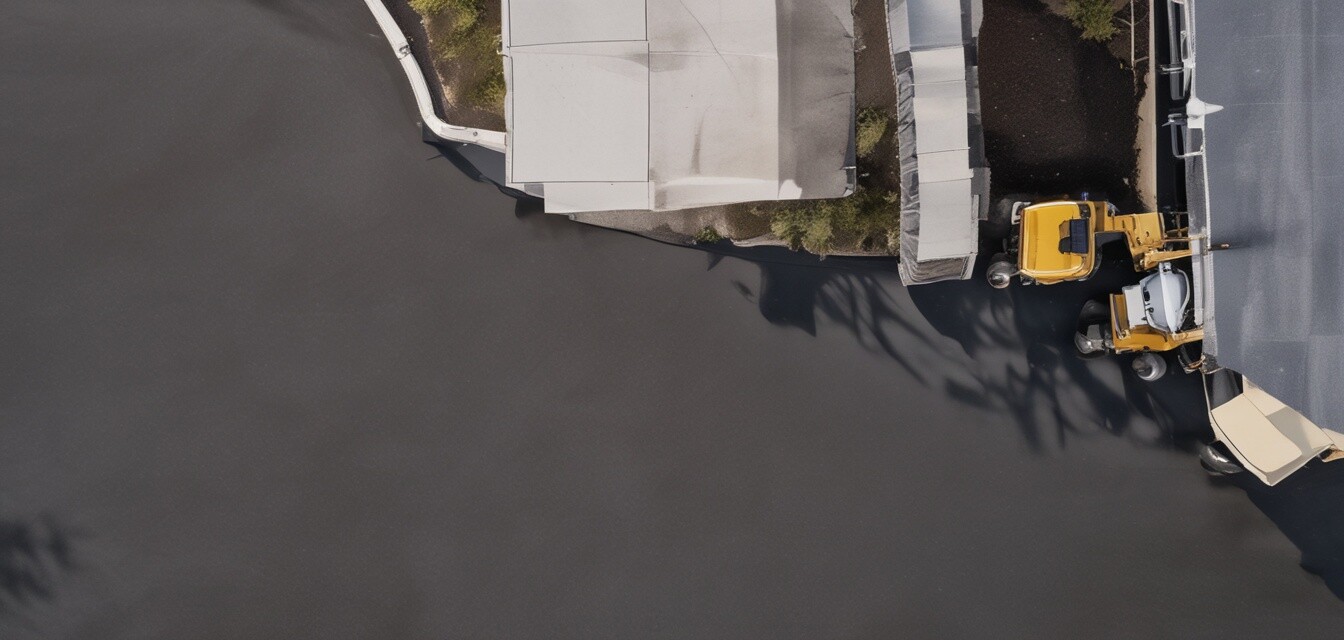
Techniques for successful asphalt overlay projects
- Preparation is crucial for successful asphalt overlays.
- Use a proper mix of asphalt for the overlay to ensure durability.
- Implement effective compaction techniques to achieve optimal results.
- Follow best practices for safety and efficiency throughout the project.
When it comes to asphalt paving, executing a successful overlay project is essential for extending the life of a surface and enhancing its appearance. This guide offers step-by-step instructions meant to assist you in navigating asphalt overlay projects, providing you with the knowledge you need for proper preparation and application techniques.
What is asphalt overlay?
An asphalt overlay involves adding a new layer of asphalt over an existing pavement surface. This technique helps restore the integrity of the asphalt and adds a fresh appearance. It's a cost-effective solution that can significantly extend the lifespan of the pavement without the need for complete removal and replacement.
Preparation for asphalt overlay
Proper preparation is key to a successful asphalt overlay. Here are the steps you should take:
-
Evaluate the existing surface:
Check for cracks, potholes, and other surface issues that may affect the overlay.
-
Clean the surface:
Remove debris, dirt, and oils from the existing asphalt using pressure washing or a wire broom.
-
Repair any damage:
Fill in any cracks and repair potholes with appropriate sealants to create a stable base.
-
Check drainage:
Ensure proper drainage to avoid water pooling which may lead to further surface deterioration.
Choosing the right asphalt mix
Selecting the proper asphalt mix for your overlay is critical. The mix can vary based on climate, traffic volume, and the existing pavement condition. Consider consulting experts or reference resources on asphalt mixes and additives to make an informed choice.
Application techniques
Once preparation is complete and you have selected the appropriate mix, it's time to apply the overlay. Follow these techniques for optimal results:
-
Temperature control:
Ensure the asphalt is laid down at the recommended temperature for optimum adhesion and compaction.
-
Spread the asphalt:
Use a paving machine to spread the asphalt evenly. Aim for a consistent thickness according to project specifications.
-
Compaction:
Immediately compact the asphalt using a roller; this helps eliminate air voids and ensures the integrity of the overlay.
-
Finish work:
After compaction, perform any necessary finishing work to edges and surfaces, and allow for sufficient curing time before reopening to traffic.
Best practices for safety
Safety should always be a priority on any worksite. Here are some practices to ensure safety during your asphalt overlay projects:
- Wear appropriate personal protective equipment, including gloves and safety glasses.
- Ensure that all equipment is properly maintained and operated by trained personnel.
- Implement traffic control measures to keep workers and vehicles safe during the overlay process.
Post-application care
After completing the asphalt overlay, proper maintenance should be implemented:
- Avoid heavy traffic for the first few days to allow the asphalt to properly set.
- Regularly inspect the overlay for any signs of damage or wear.
- Utilize sealants periodically to protect the surface from the elements.
Pros
- Cost-effective compared to complete resurfacing.
- Increases the lifespan of existing pavement.
- Enhances the visual appeal of the surface.
Cons
- Surface imperfections must be fixed before application.
- Not an option for severely damaged pavements.
- Long-term performance depends on proper installation and maintenance.
Conclusion
Executing a successful asphalt overlay project is achievable with the right techniques and proper preparation. By following the steps outlined in this guide, you can ensure a durable and visually appealing pavement surface that will withstand the test of time. For further insights on paving equipment and tools, explore our categories on paving tools and asphalt pavers and rollers.

